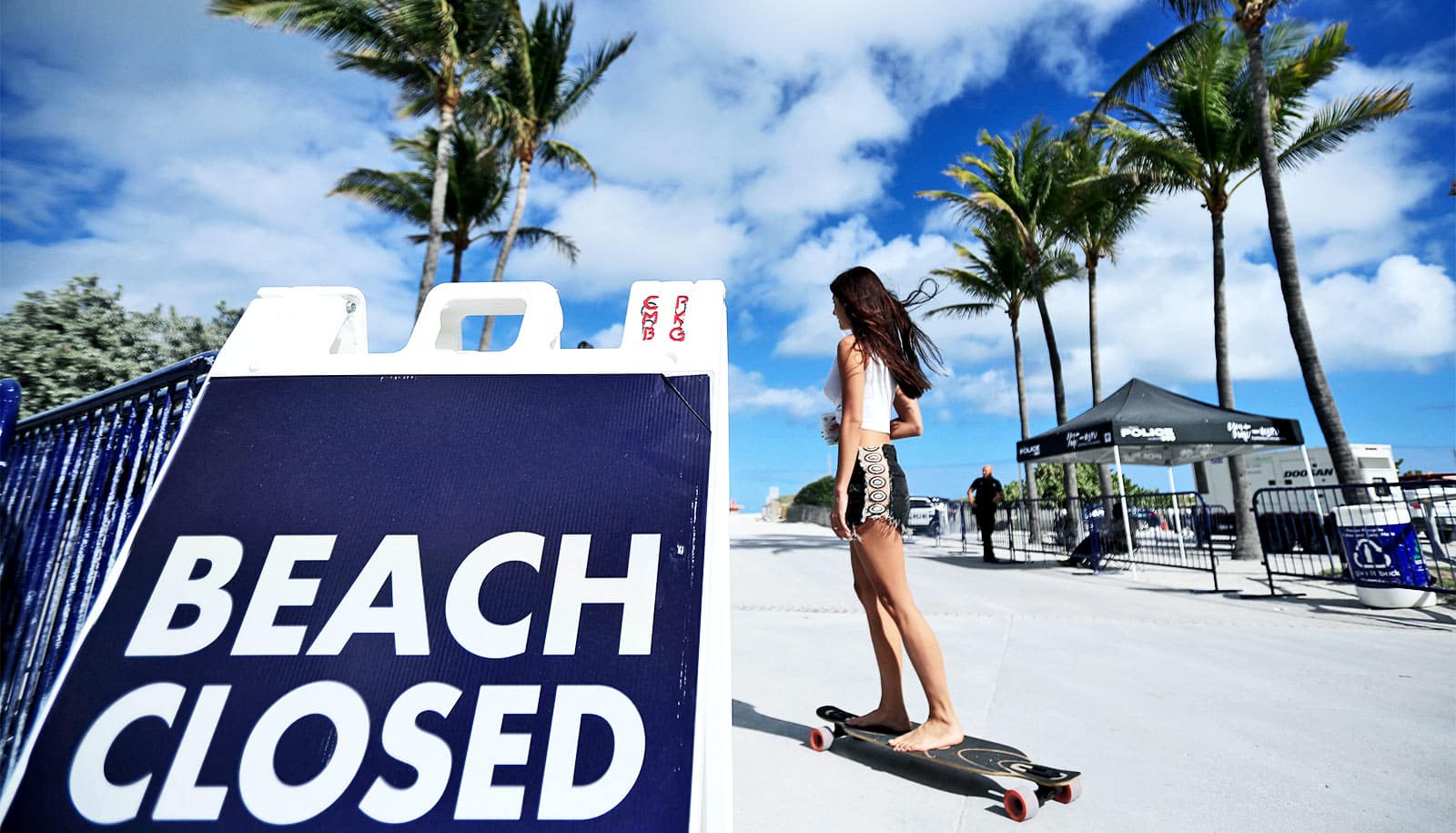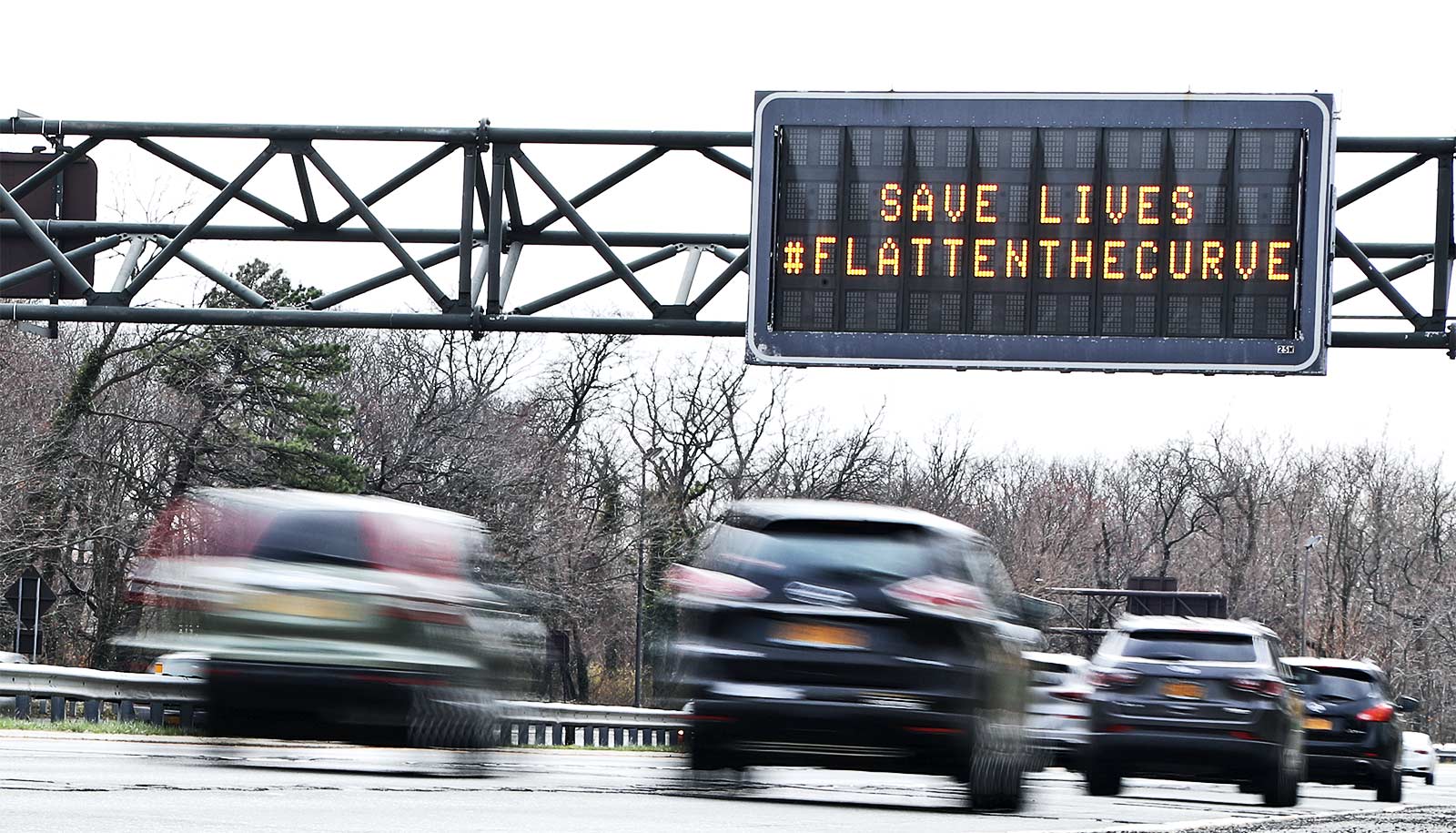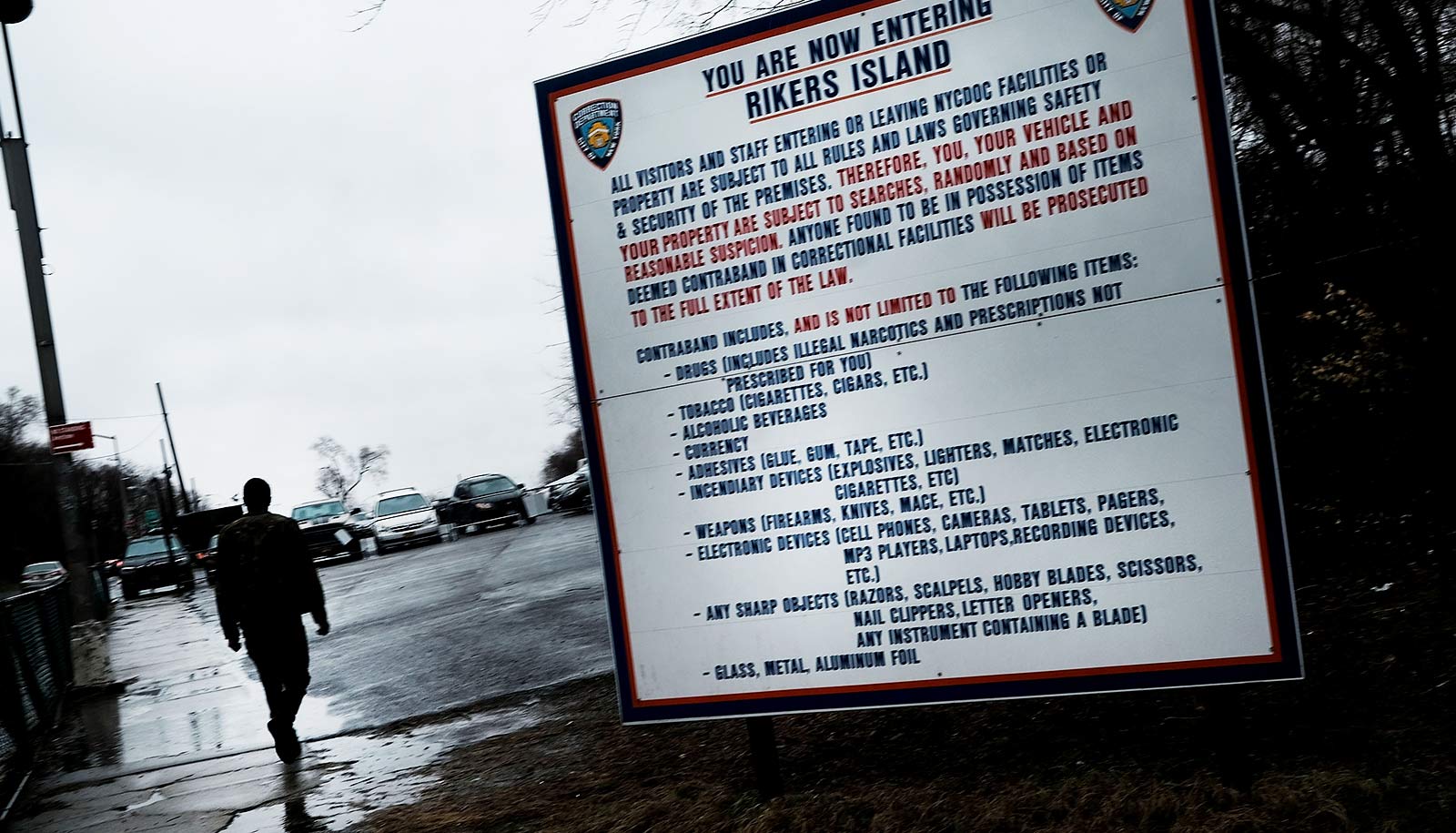A new COVID-19 database tracks steps that each US state has taken to curb the spread of the coronavirus and when states implemented them.
“People around the world will be making a lot of decisions about which policies to implement, how long to have these policies, and when to lift them, and having this policy database will be helpful for informing those decisions,” says Julia Raifman, assistant professor of health law, policy, and management at Boston University School of Public Health and the leader of the project.
“As someone who uses observational data to study how policies drive population health and health disparities, I know it’s really important to have information on the dates when policy changes occurred.
See the chart.
“Researchers will be able to use this information to study the dynamics of the coronavirus, as well as things like mental health outcomes, unemployment, and morbidity and mortality related to the disease but not directly due to it—how people are doing if they have a heart attack or chronic disease in the period when these policies are in place,” Raifman says.
Many Americans have sheltered in place for days or weeks, working or studying from home or have become newly unemployed. Some states have closed schools, gyms, and nonessential business. Some have reduced arrests and banned visits to nursing homes, and many have called in the National Guard for assistance—while other states have taken few steps so far to curb the COVID-19 pandemic.
Although it may be too early to glean strong conclusions about policies quite yet, Raifman expresses particular interest in bans on visitors at nursing homes.
“It’s a really hard thing to do, and has a lot of implications for the mental health of a lot of residents, but given how many outbreaks we’re seeing in nursing homes, I was really surprised to see that only 23 states have implemented visitor bans as a formal policy.”
On the other hand, she says she’s happy to see that some of the states with these bans have also supported efforts to help nursing home residents use video calls, to reduce isolation.
Rachel Scheckman, one of the master’s students working on the project, has looked at stay-at-home orders—or rather the lack thereof, with some governors even putting out statements that they won’t give such orders. She has also tracked quarantine requirements and recommendations for people coming from outside of a state, holds on abortion services, and religious exemptions for large gatherings.
“These are policies—or lack of policies—where we could see major impacts, and if we don’t track them now, we may lose sight of one of the causes for greater outbreaks in those places,” Scheckman says.
More will become clear in the weeks and months ahead, Raifman says, “but we already see how critically important it is” for states to take action to reduce the spread of the coronavirus.
“We see our health care providers on the front lines starting to get sick, and some of them dying,” she says. “We need to learn from these policies about how we can best mitigate the spread, and provide an environment for people who are sick and for our health care workers to be as safe as possible.”
The data from the project are available as a state-by-state chart and free to use here.
Source: Boston University



